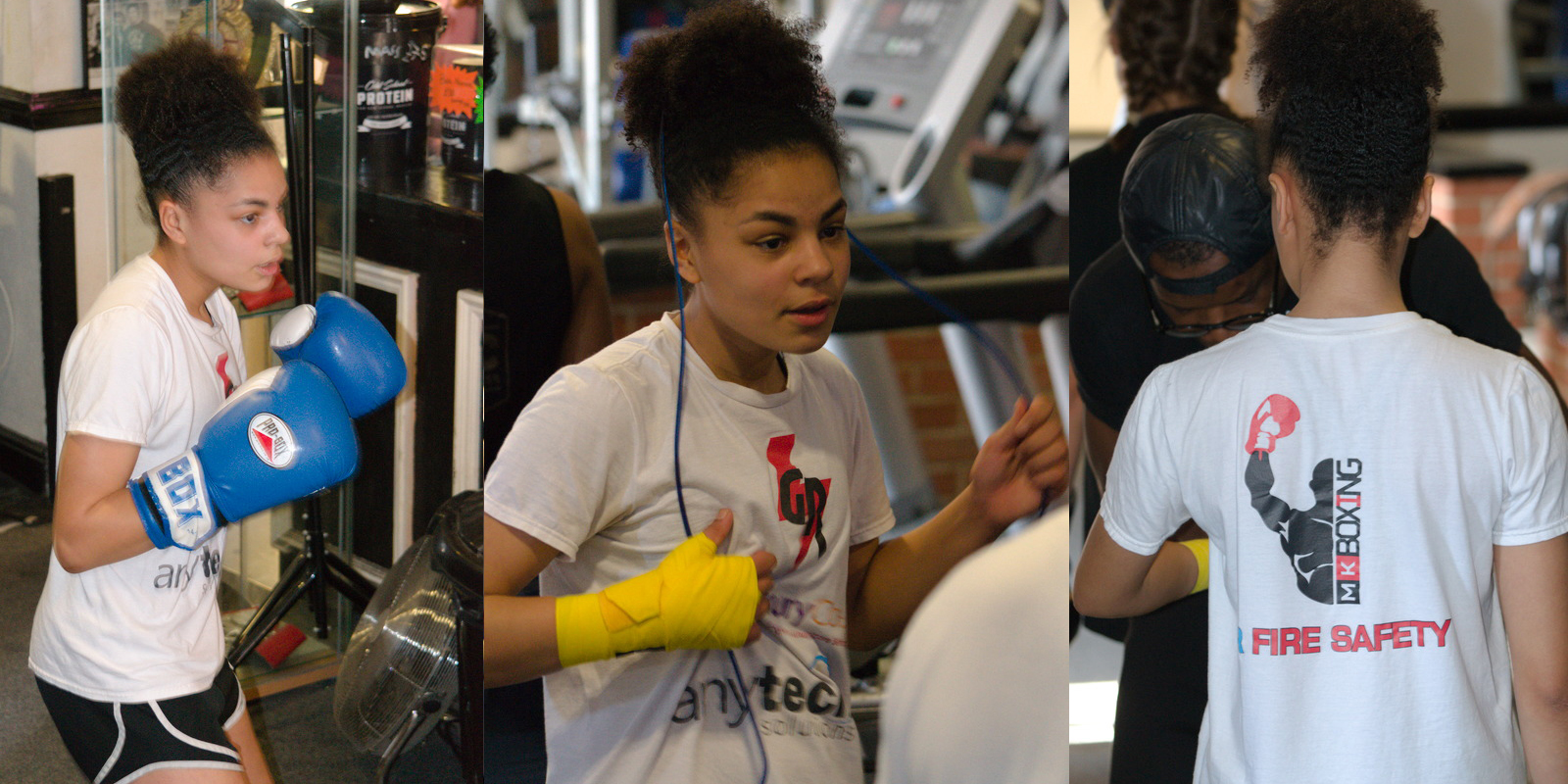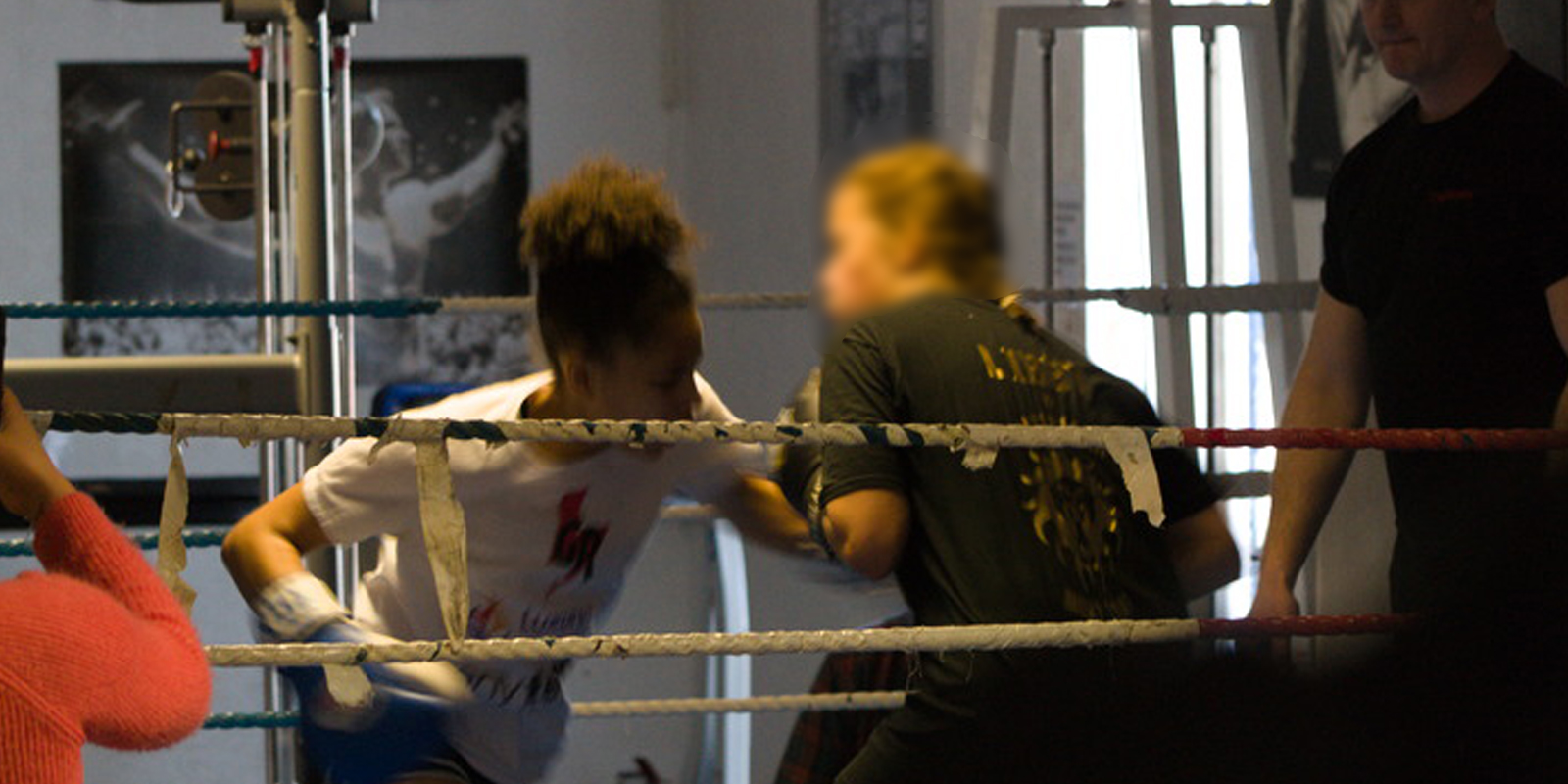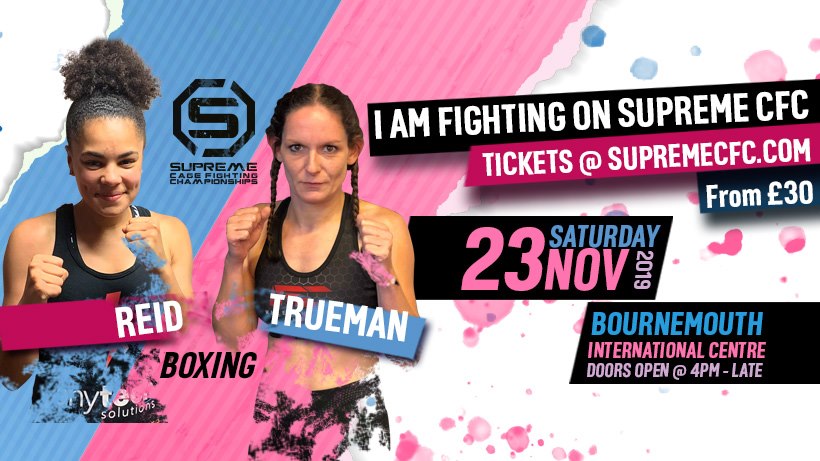What Is Cerebral Palsy?
Cerebral palsy (CP) is a problem that affects muscle tone, movement, and motor skills. It hinders the body’s ability to move in a coordinated and purposeful way. It also can affect other body functions that involve motor skills and muscles, like breathing, bladder and bowel control, eating, and talking.
CP often is caused by brain damage that happens before or during a baby’s birth, or during the first 3-to-5 years of a child’s life. Brain damage also can lead to other issues, like sight, hearing, and learning problems.
The types of CP are:
1.spastic cerebral palsy — causes stiffness and movement difficulties
2.dyskinetic (athetoid) cerebral palsy — causes uncontrolled movements
3.ataxic cerebral palsy — causes a problem with balance and depth perception
There is no cure for CP, but a child’s quality of life can improve with:
•treatment that may involve surgery
•therapy, including physical therapy, occupational therapy, and speech therapy
•special equipment to help kids get around and communicate with others
Cerebral palsy does not get worse over time.
What Causes Cerebral Palsy?
The cause of CP isn’t always known. But many cases happen when a child’s brain is still developing, such as before birth or in early infancy. This may be due to:
•infections during pregnancy
•stroke either in the womb or after birth
•untreated jaundice (a yellowing of the skin and whites of eyes)
•genetic disorders
•medical problems in the mom during pregnancy
In rare cases, CP happens because something goes wrong during a child’s birth.
Premature babies (babies born early) have a higher chance of having CP than full-term babies. So do other low-birthweight babies and multiple births, such as twins and triplets.
Brain damage in infancy or early childhood also can lead to CP. For example, a baby or toddler might suffer damage from:
•lead poisoning
•bacterial meningitis
•poor blood flow to the brain
•being shaken as an infant (shaken baby syndrome)
•being in a car accident
How Is Cerebral Palsy Diagnosed?
Babies who are born early or who have health problems that put them at risk for cerebral palsy are watched for signs of the condition. Doctors look for:
•developmental delays, like not reaching for toys by 4 months or sitting up by 7 months
•problems with motor skills, like being unable to crawl, walk, or move arms and legs in the usual way
•uncoordinated movements
•muscle tone that is too tight or too lose
•infant reflexes (like the palmar grasp, or “hands in fists” reflex) that stay beyond the age at which they’re usually gone
What Problems Does CP Cause?
There is a range of physical and cognitive (the ability to learn and understand) disabilities when it comes to CP. Some kids have a lot of trouble with movement or learning, while others don’t. It depends on how much the brain was damaged. For example, the damage can be partial, affecting only the part of the brain that controls walking. Or it can affect a larger area, like the parts that control walking and talking.
Brain damage that causes CP also can affect other brain functions and lead to problems like:
•visual impairment or blindness
•hearing loss
•food aspiration (the sucking of food or fluid into the lungs)
•gastroesophageal reflux (spitting up)
•speech problems and/or drooling
•tooth decay
•sleep disorders
•osteoporosis (weak, brittle bones)
•behavior problems
•learning disabilities
Seizures, speech and communication problems, and learning problems are more common among kids with CP. Many have problems that can need ongoing therapy and assistive devices like braces or wheelchairs.
How Is Cerebral Palsy Treated?
There’s no cure for cerebral palsy. But resources and therapies can help kids grow and develop to their greatest potential.
As soon as CP is diagnosed, a child can begin therapy for movement and other areas that need help, such as learning, speech, hearing, and social and emotional development.
Medicine helps kids who have a lot of muscle pain and stiffness. They can take medicine by mouth or get it through a pump (the baclofen pump) placed under the skin.
Surgery can help fix dislocated hips and scoliosis (curved spine), which are common in kids with CP. Leg braces help with walking.
Kids can improve their bone health by eating diets high in calcium, vitamin D, and phosphorus. These nutrients help keep bones strong. Doctors, dietitians, and speech-language therapists can work with families to make sure kids get enough of the right nutrients and suggest changes to their diets or mealtime routines, if needed.
What Else Should I Know?
Kids with CP often need to see many different medical specialists for care. That team may include doctors and surgeons, nurses, therapists, psychologists, educators, nurses, and social workers.
Even if many medical specialists are needed, it’s still important to have a primary care doctor or a CP specialist. This doctor will take care of your child’s routine health care and also help you coordinate care with other doctors.
Where Can Caregivers Get Help?
Taking care of a child with cerebral palsy can feel overwhelming at times. Not only do kids with CP need a lot of attention at home, they also need to go to many medical appointments and therapies. Don’t be afraid to say yes when someone asks, “Can I help?” Your family and friends really do want to be there for you.
To feel less alone and to connect with others who are facing the same challenges, find a local or online support group. You also can get information and support from CP organizations, such as:
•Cerebral Palsy Foundation
•Cerebral Palsy Guidance
•United Cerebral Palsy
Staying strong and healthy is not only good for you, but also for your child and your whole family.
Looking Ahead
Living with cerebral palsy is different for every child. To help your child move and learn as much as possible, work closely with your care team to develop a treatment plan. Then, as your child grows and his or her needs change, adjust the plan as necessary.
These guides can help as you plan for each stage of childhood and early adulthood:
•Cerebral Palsy Checklist: Babies & Preschoolers (Birth to Age 5)
•Cerebral Palsy Checklist: Big Kids (Ages 6 to 12)
•Cerebral Palsy Checklist: Teens & Young Adults (Ages 13 to 21)
Reviewed by: M. Wade Shrader, MD and Margaret Salzbrenner, APRN
Date reviewed: September 2018
play youtube,
play youtube,
Brazzer,
xhamster,
xvideos,
porn,
hentai,
xnxx,
xxx,
MP3 download,
,
xnxx,
sex xxx,
mp3play,
phim xxx,
xnxx,
xhamster,
xvideos,
porn,
hentai,
porn,
sex việt,
Phim sex,
MP3 download,
xnxx,
Uk Soccer Leagues,
javHD,
Free Music,
American porn,






